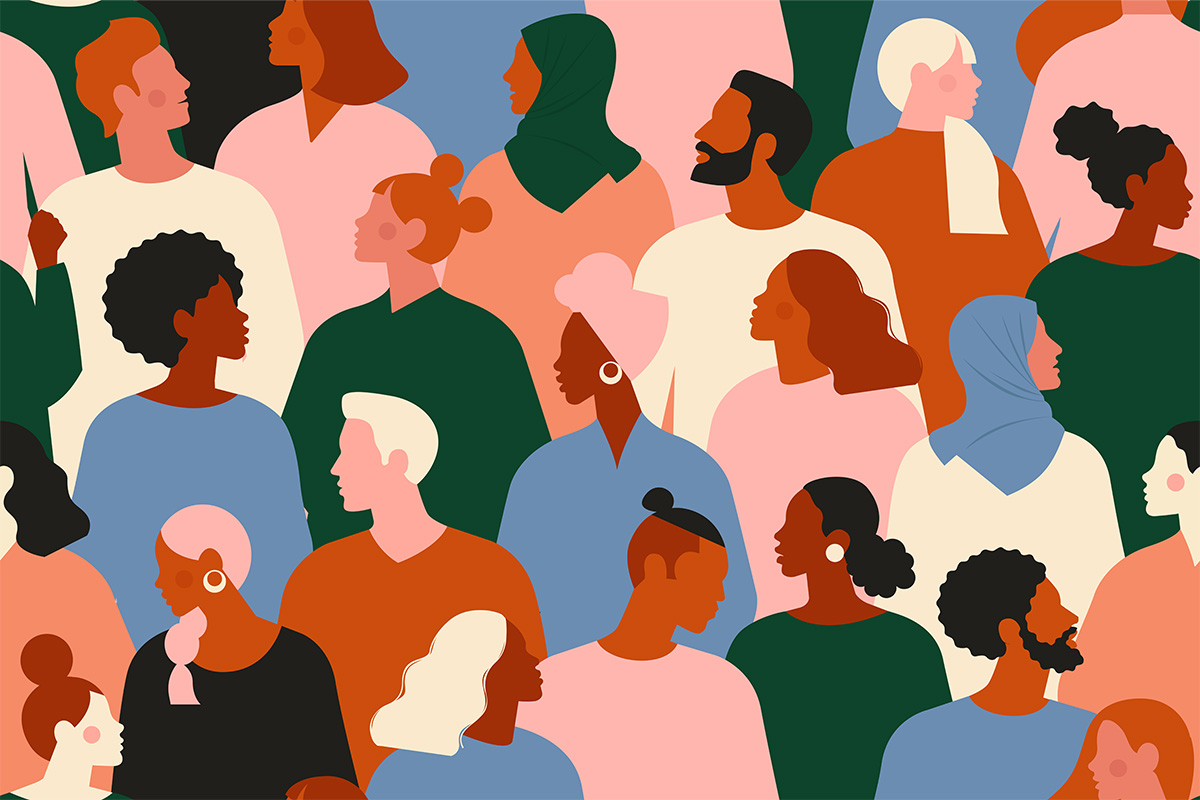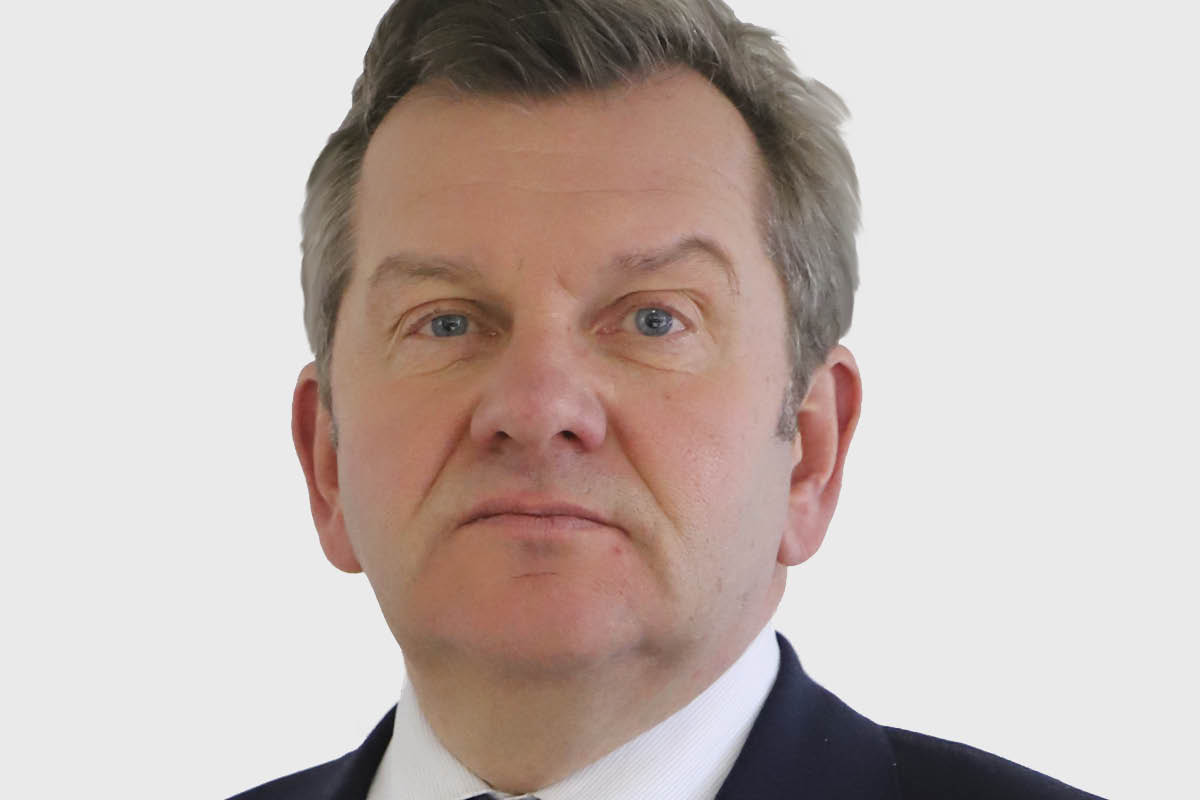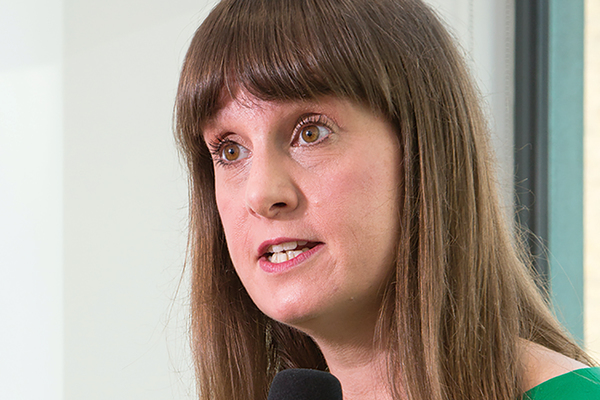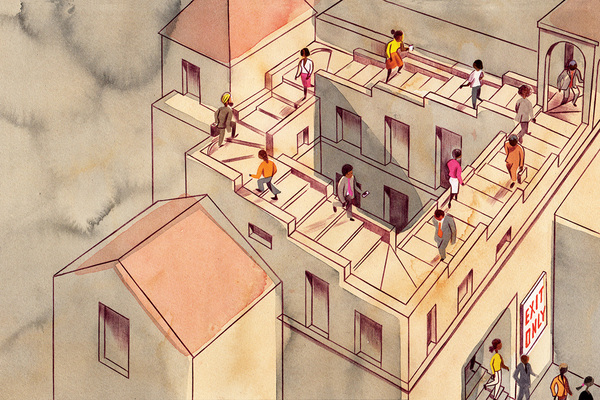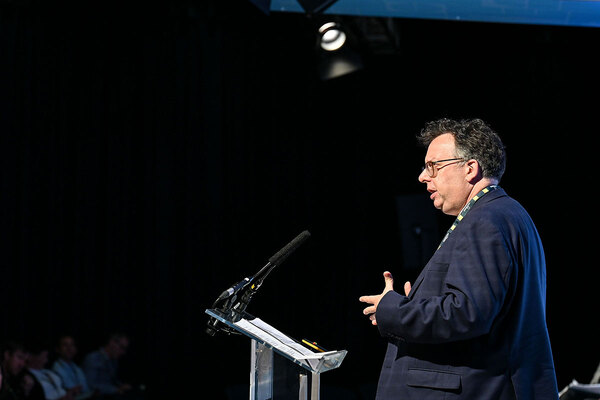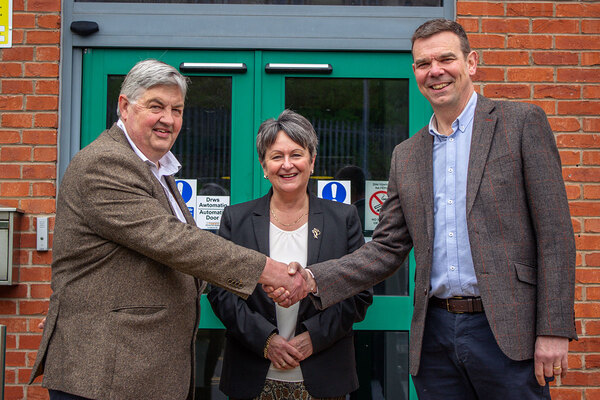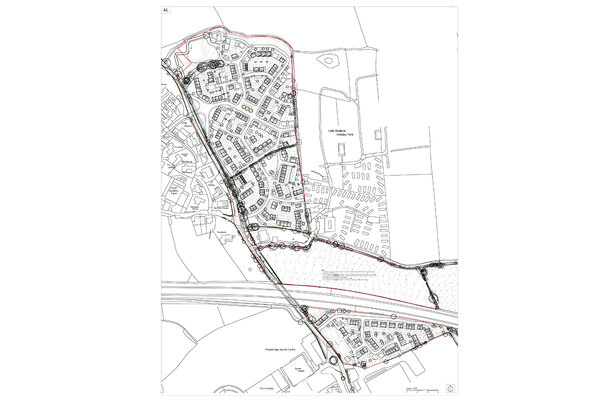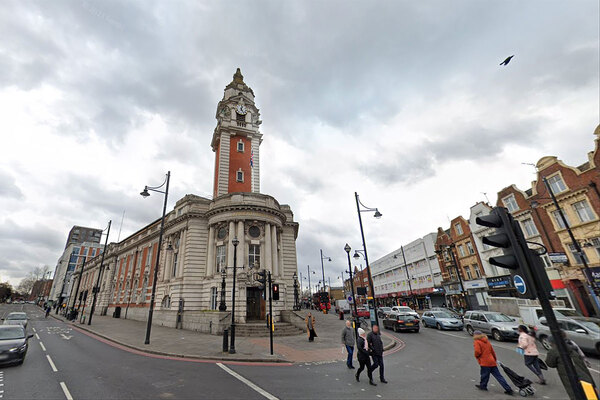You are viewing 1 of your 1 free articles

Diversity is about more than visual representation
David Levenson and Rina Goldenberg Lynch consider what Homes England’s new strategy for equality and diversity can teach the housing sector
One month ago Homes England, the government’s affordable homes development agency, published its first annual Equality, Diversity and Inclusion Report. One of its striking messages is that investment panel partners will be required to make diversity and inclusion (D&I) commitments in their future procurement bids. Furthermore, D&I will be on the agenda at all panel framework meetings.
Homes England acknowledges that creating a welcoming and inclusive organisation is key to building the diverse workforce it needs to bring wider perspectives and creative solutions. This can be achieved only with the support of their partners and stakeholders.
The report is more than a statement of cosmetic intent. It demonstrates real commitment to leverage Homes England’s position in the housing and building industries to effect change.
Homes England knows that when it comes to ‘looking diverse’, there is still a journey to be travelled. According to its own ED&I report, just 11.4% of its workforce declared their ethnicity being other than white.
Looking at diversity through the right lens
When we think about diversity in an organisation, we tend to start from the premise of who is represented – for example:
- How many women are there on the board or executive team?
- What percentage of the workforce identify as Black or minority ethnic?
- How many people with disabilities have we recruited?
Most organisations believe that as long as they look diverse, they will achieve whatever ED&I objectives they set out for themselves. The reality is that unless the people we label ‘diverse’ feel they belong in their place of work, whatever objectives are set around diversity are likely to be missed.
“We believe that diversity is the reward for inclusion. An organisation doesn’t become diverse by starting with a cosmetic approach – ‘how do we look?’”
So, what does it mean to be truly diverse? It is how we think, analyse and interpret information. How we draw on our various experiences and our identity is what makes each of us unique. Our identity (our gender, race, sexual orientation, social and cultural background, and so on) hugely contributes to our experience of the world around us.
Being truly diverse is about celebrating differences, not monitoring statistics.
Diversity is reflective, not cosmetic
At Voice At The Table, we believe that diversity is the reward for inclusion. An organisation doesn’t become diverse by starting with a cosmetic approach – “how do we look?”.
When leaders study themselves and their colleagues in the mirror and conclude that it isn’t a good look, it is time to do something about it. Hiring more women on senior teams may not be an immediate option if there are no vacancies to fill. Creating opportunities for Black people, those who identify as LGBTQ+, or people with a disability may have little impact if there are no visible role models at senior level.
Diversity is hard; it must be worked at. As Homes England says, diversity has to be at the centre of our purpose.
The starting point is for leaders and boards to think reflectively about their purpose and act in accordance with it. As we have previously written in Inside Housing, both COVID-19 and Black Lives Matter have given housing leaders good reason to rethink how their organisations will respond to new realities and transform themselves, from the frontline to the boardroom.
Thinking reflectively and acting purposefully are prerequisite to behaving inclusively. Only when the foundational pillars are in place can we make lasting changes to organisations’ diversity.
Only then will we be able to hold up the mirror to ourselves, our colleagues, partners and stakeholders, and know whether we have succeeded.
Rina Goldenberg Lynch, founder and chief executive, and David Levenson, associate consultant, Voice At The Table
